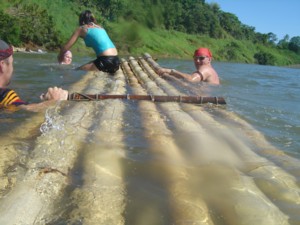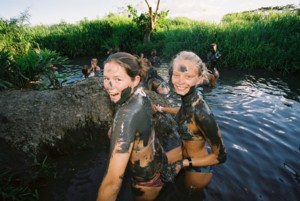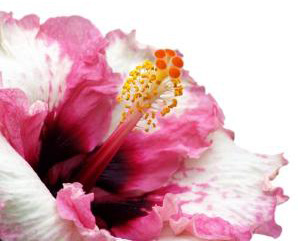Highlights!
Suva
Suva - the Capital of Fiji, was developed in the late 1800's and retains much of the character of the colonial period. Its many attractions include shopping, restaurants, nightclubs, markets, a museum and sightseeing tours. You can enjoy a walk around the central city area, which will uncover numerous surprises. The Roman Catholic Cathedral is a Suva landmark and a leisurely stroll down Victoria Parade (the main avenue) will take you past an array of restaurants, clothing and book stores as well as banks and airline offices. Here you'll see the blending of traditional, early 20th century South Pacific buildings juxtaposed with modern high-rise structures. Towards the end of the Parade are the Government Buildings, which open on to Albert Park and Thurston Gardens. A short bus or cab ride south toward Suva Point will take you to the architecturally striking Parliament Buildings. Suva has accommodation to suit business traveller's families and backpackers.
Highlights of the region:
Fiji Museum. City sights include fine colonial buildings, sea wall walks, Government Buildings, bustling city markets, the Suva yacht Club, the Fiji Golf course, National sports stadium and gymnasium hosted events, hiking trip with the Rucksack Club. Nightlife includes cinemas, nightclubs, restaurants and bars.
Culture and Folklore
This area of the whole of North Eastern Viti Levu region is the origin of the history of Fiji and the house of all ancestral gods. The whole area is still intact with all its culture, traditions, myths and legends and different villages in this area have their own beliefs.
Archaeological evidence from food-waste middens show that cannibalism was practiced in Viti Levu from 2500 years ago until the mid to late 19th century, by which time it had become an ordinary, ritualized part of life. In a society founded on ancestor worship and belief in the afterlife, cannibalising an enemy was considered the ultimate revenge. A disrespectful death was a lasting insult to the enemy’s family. Immediately on the peripheries of Vaileka township is Udreudre’s Tomb, the resting place of Fiji’s most notorious cannibal. It is believed that he personally consumed 872 enemies.
About 10 kilometres west of Rakiraki near Vitawa is a large outcrop known as Navatu Rock. There was once a fortified village on top of the rock where locals believed spirits would depart for the afterlife. According to local legend, the imposing mountains of the Nakauvadra Range are the home of the great snake god Degei, creator of all the islands. The opening and closing of his eyes is the cause of night and day, and thunder is said to be Degei falling in his sleep.
Nabukadra village has a lot of history. It has historical sites and caves, fortifications and historical skeletal remains, the stone jetty build by the Late Ratu Cakobau. The village has very good linkages to Natalei-i-re, Dawasamu in the province of Tailevu.
This area is known for the traditional treks it has in connecting other areas in the region as well to the rest of Fiji. There is a scenic lookout from Naivoco village (can see Dawasamu, Ovalau, Vanua Levu). From this village there is a trek leading to Soa village which can link on to the Wailotua cave in Tailevu.
Nasukamai Village is situated within the inland of Ra. Attractions include a spa pool, caves, yaqona/dalo and cassava farming, waterfalls, and hot springs.
Sandboarding
Shark Dive
Bilibili rafting

Bathing in hot pools and mud pools

